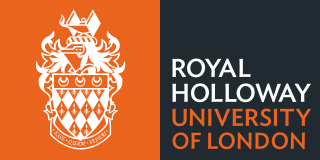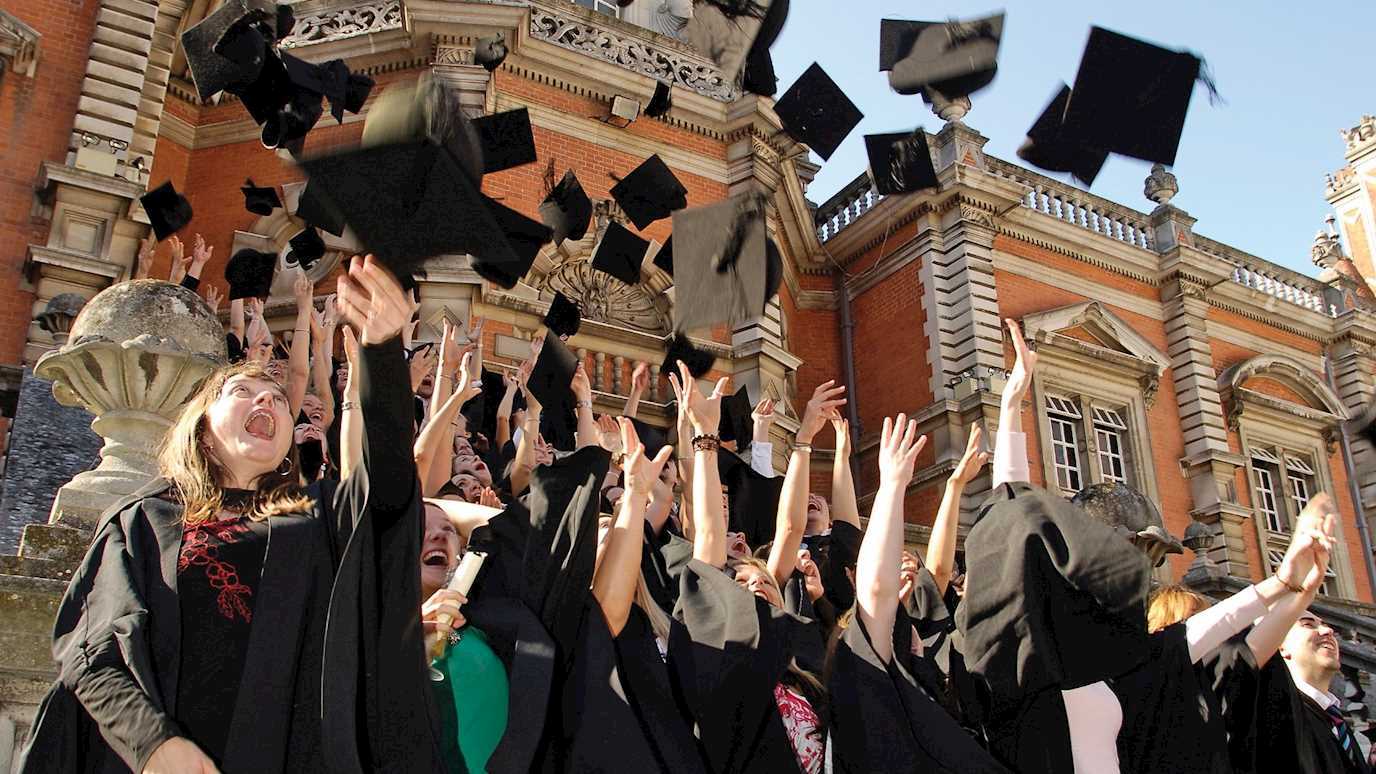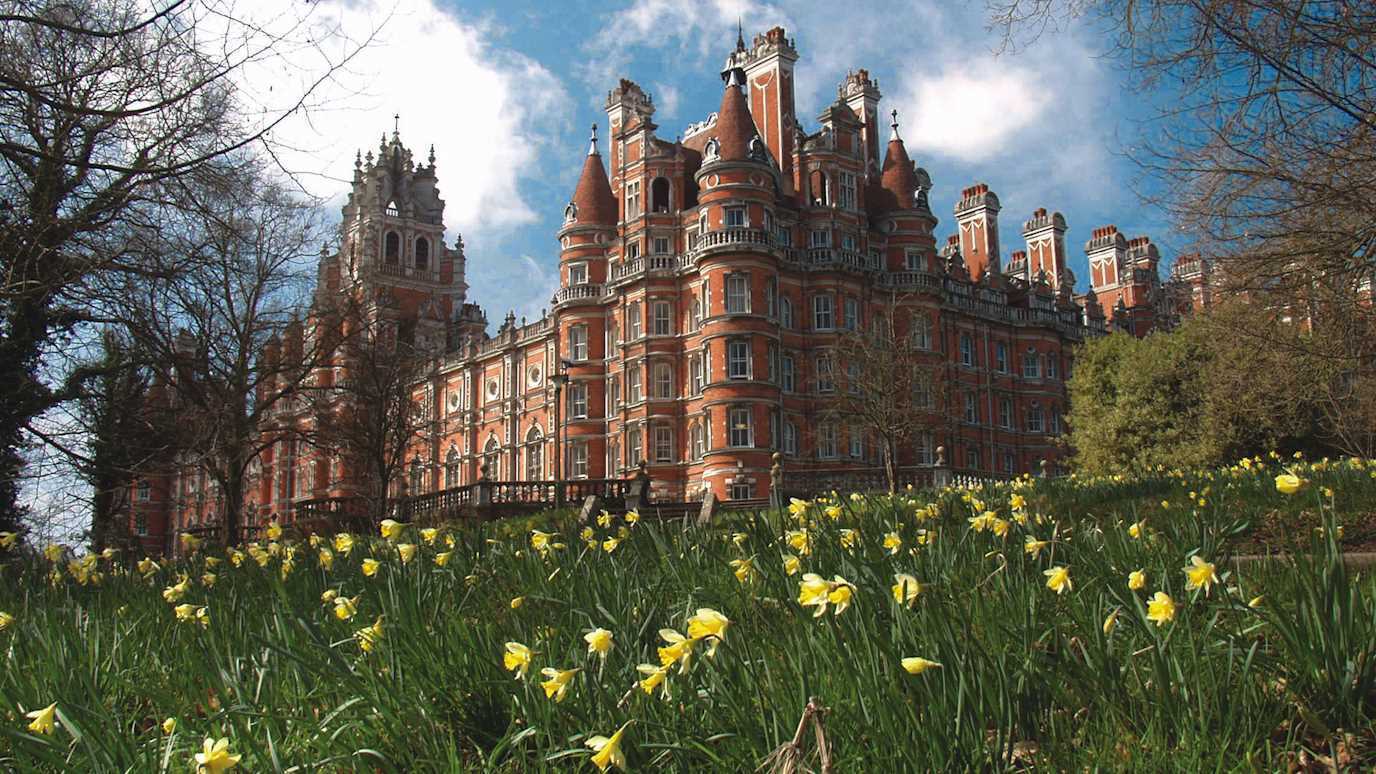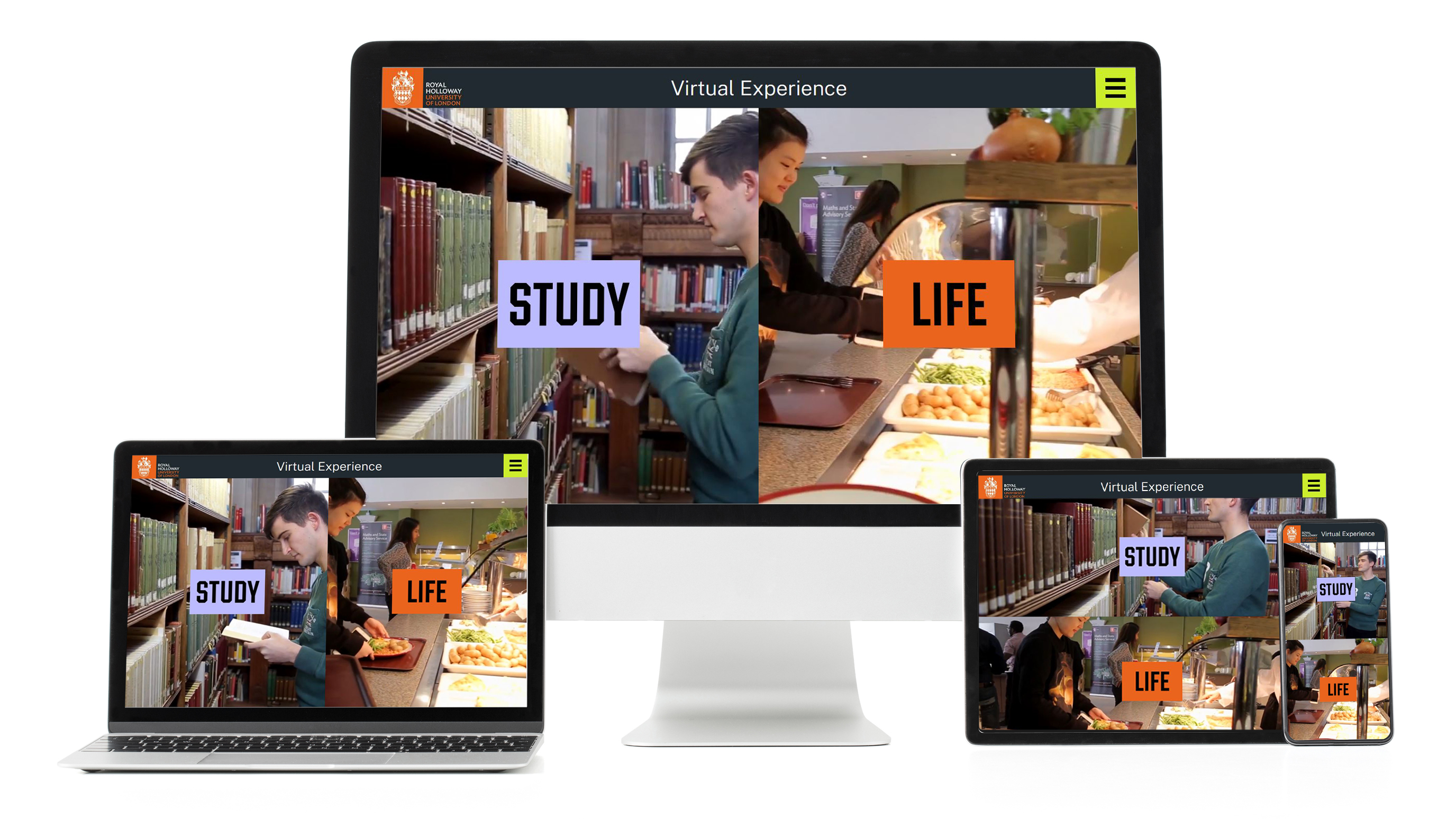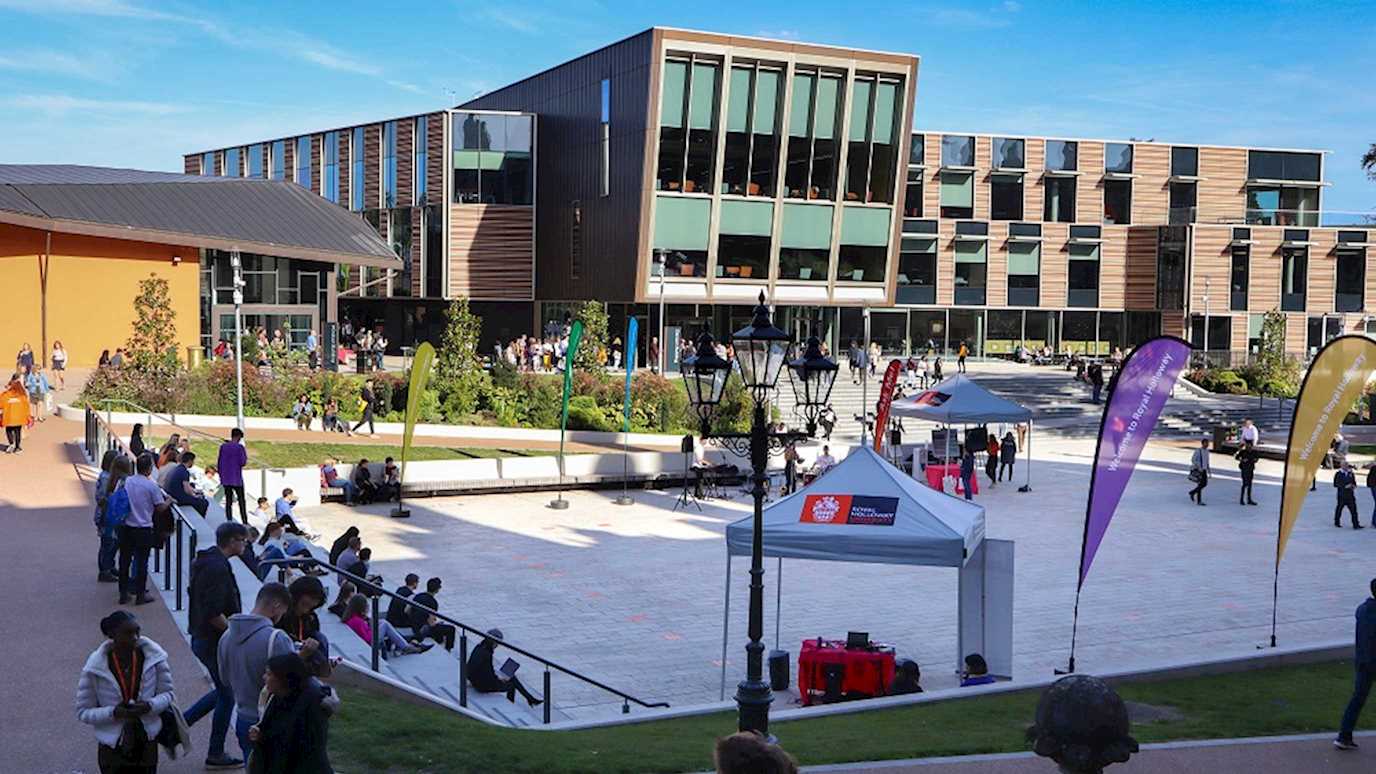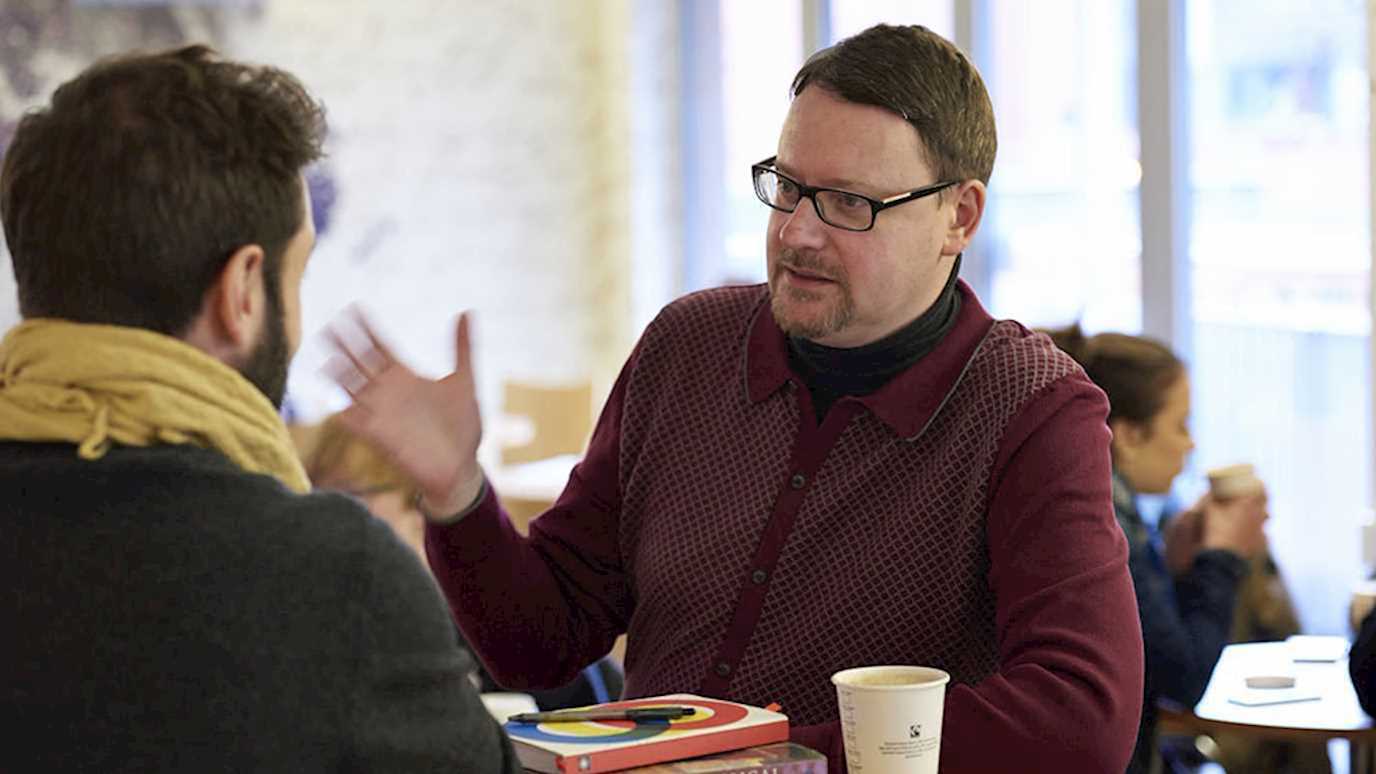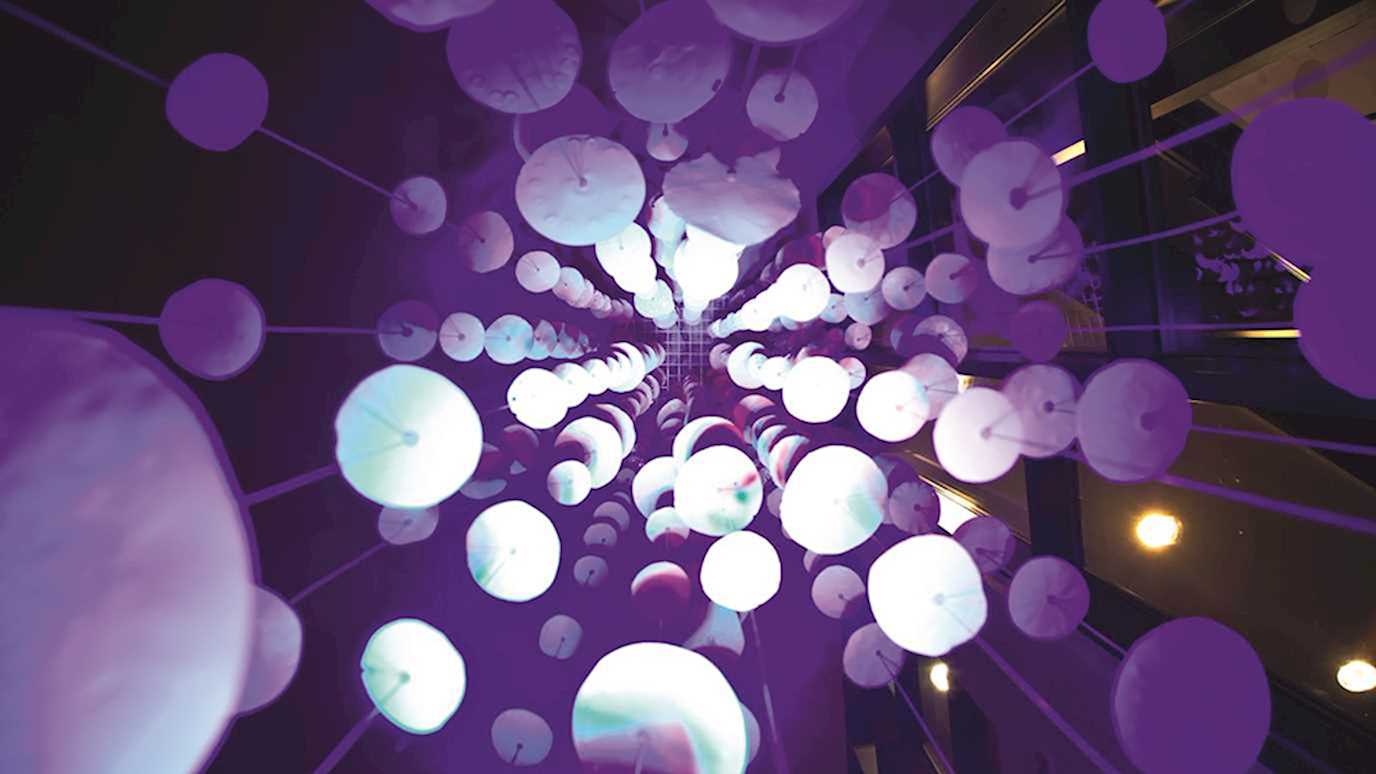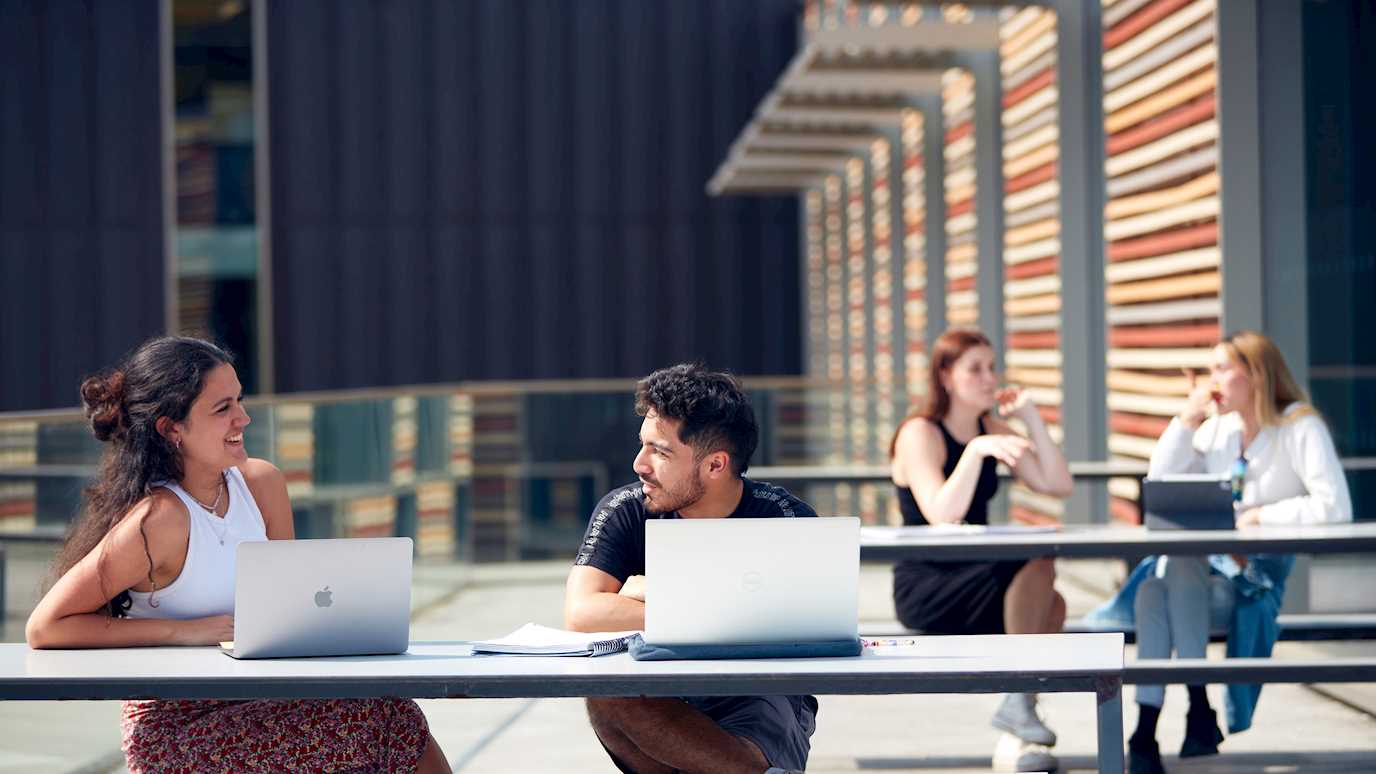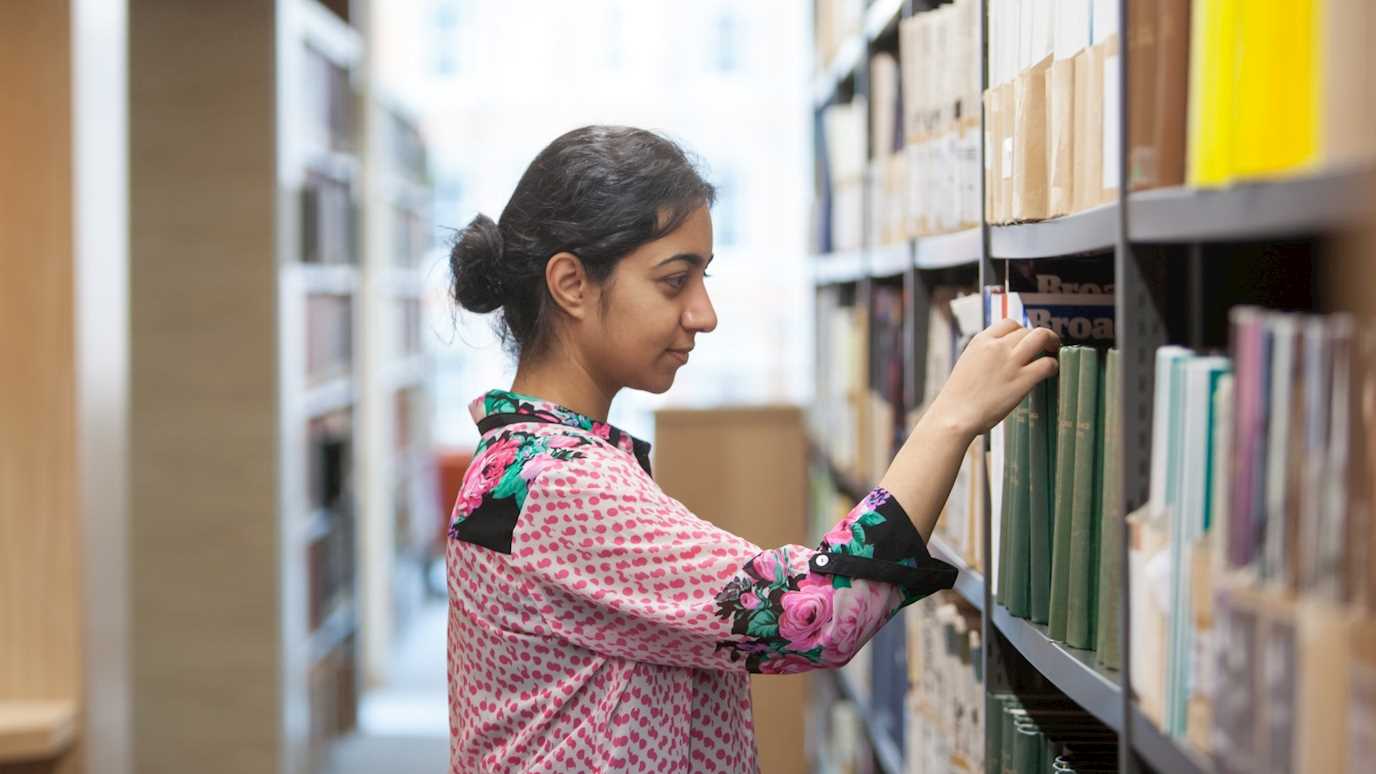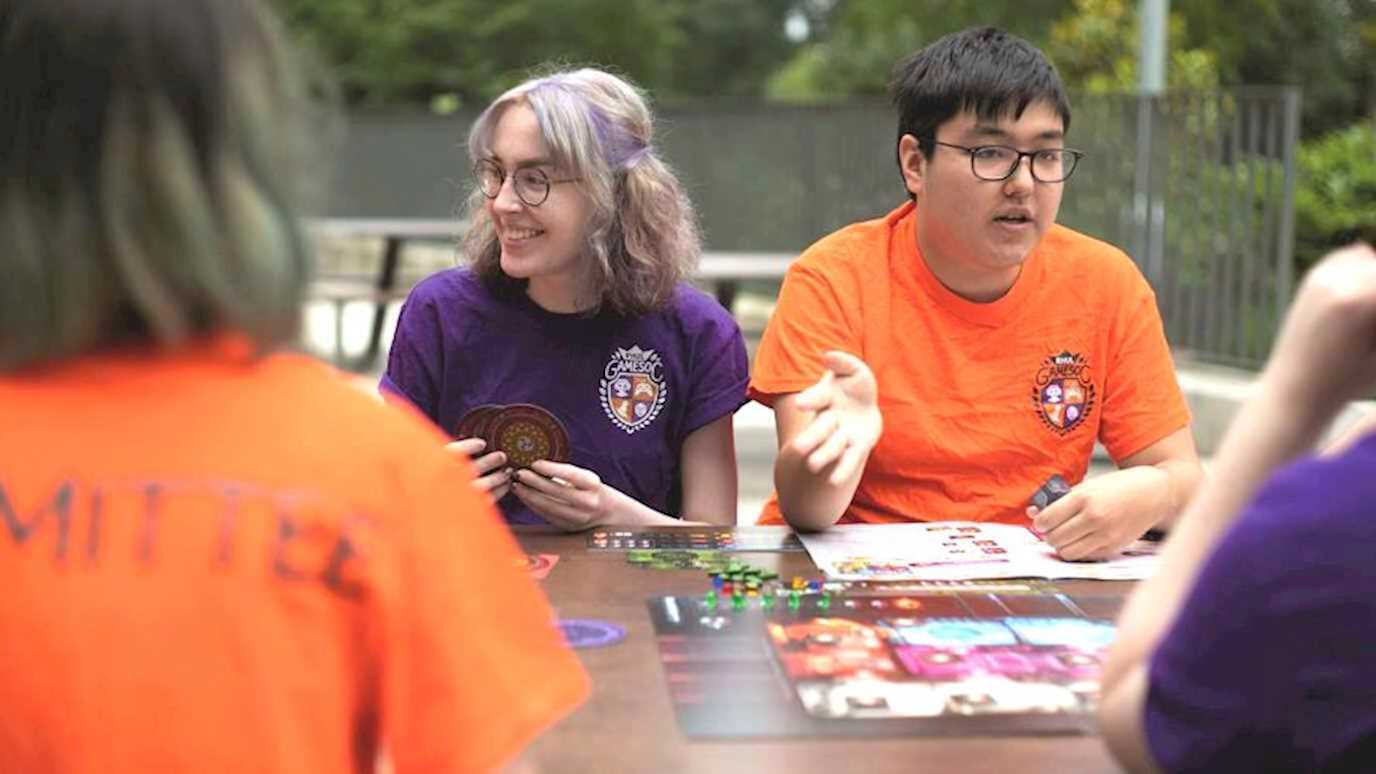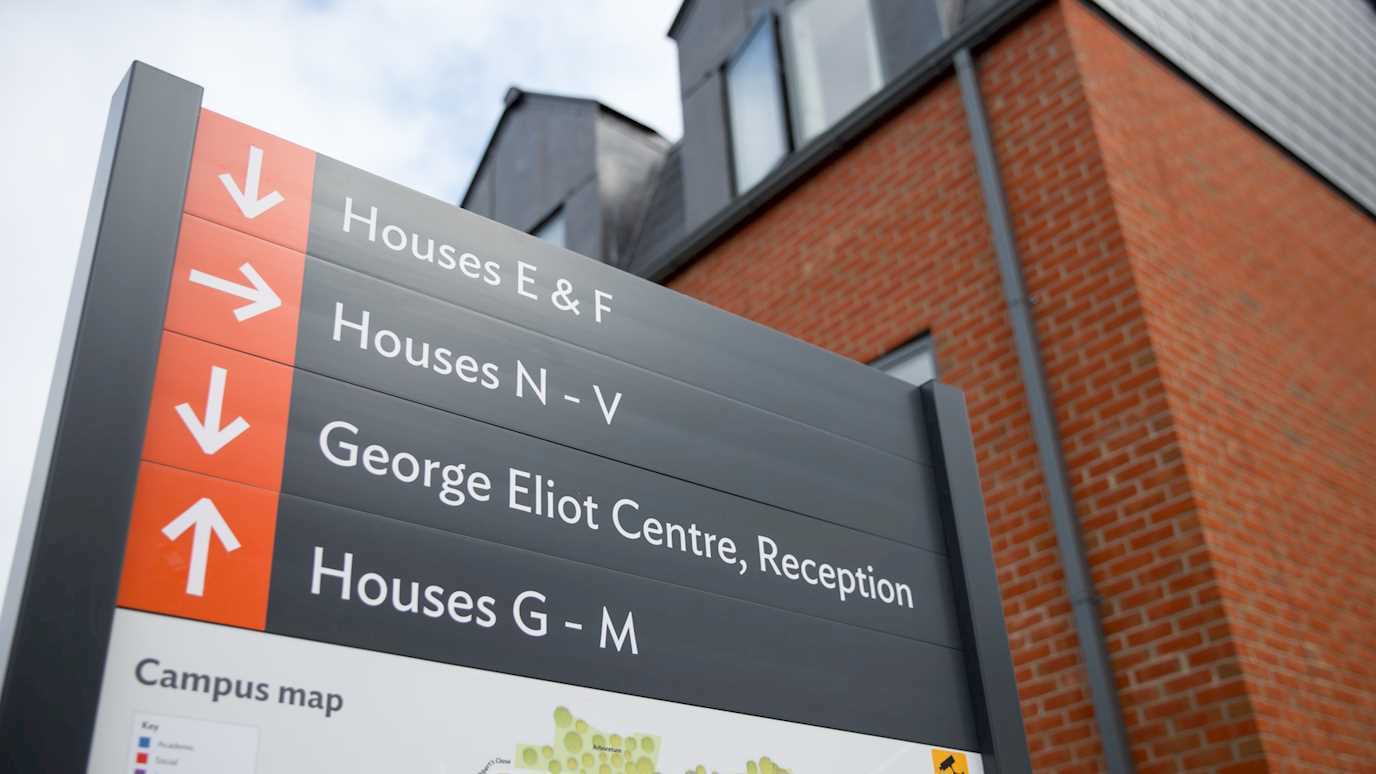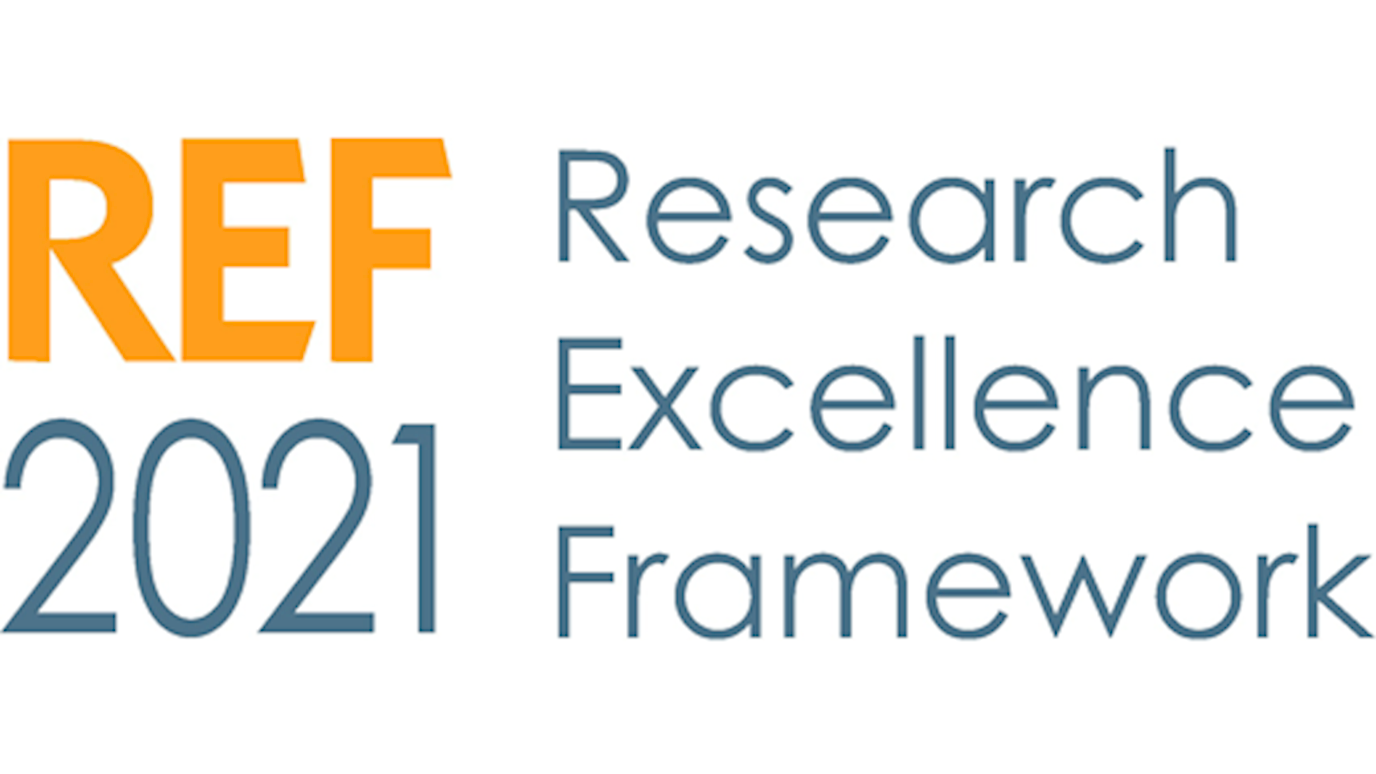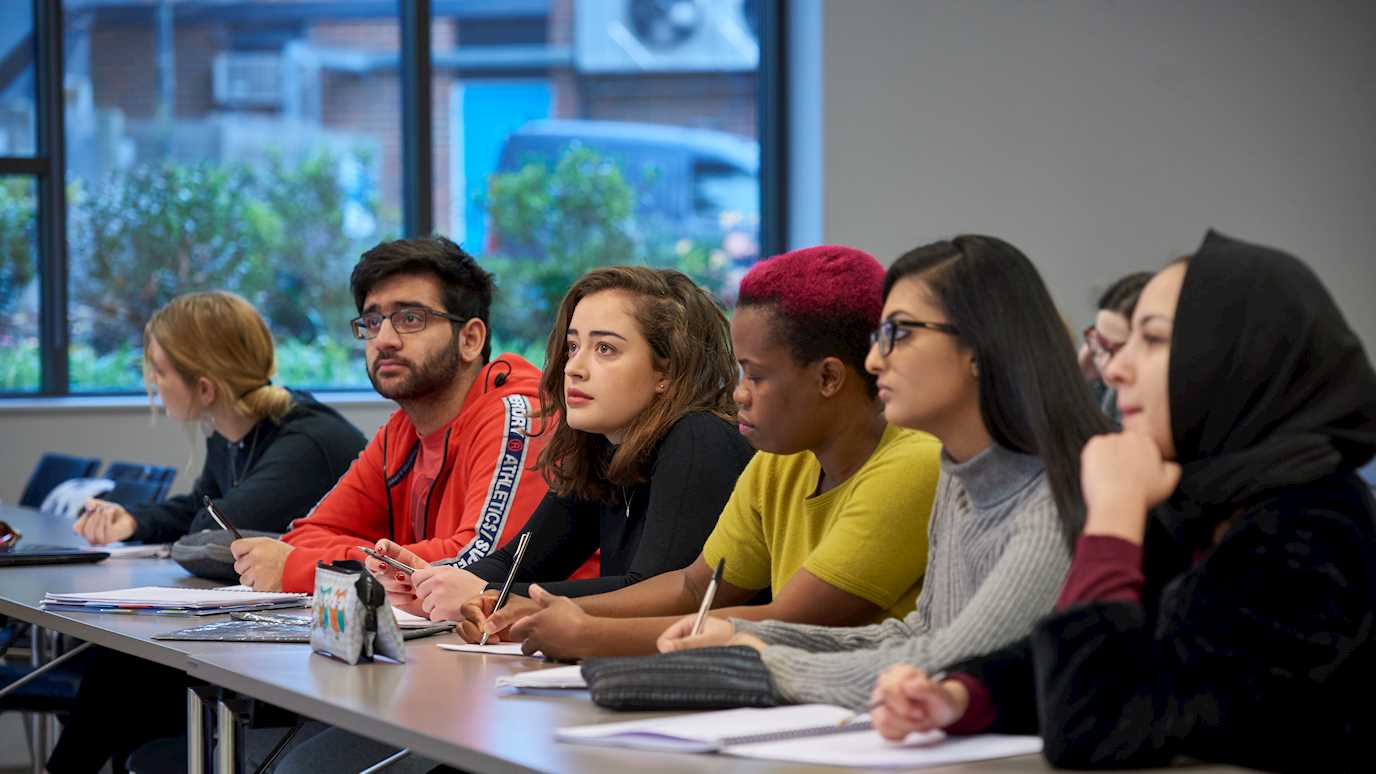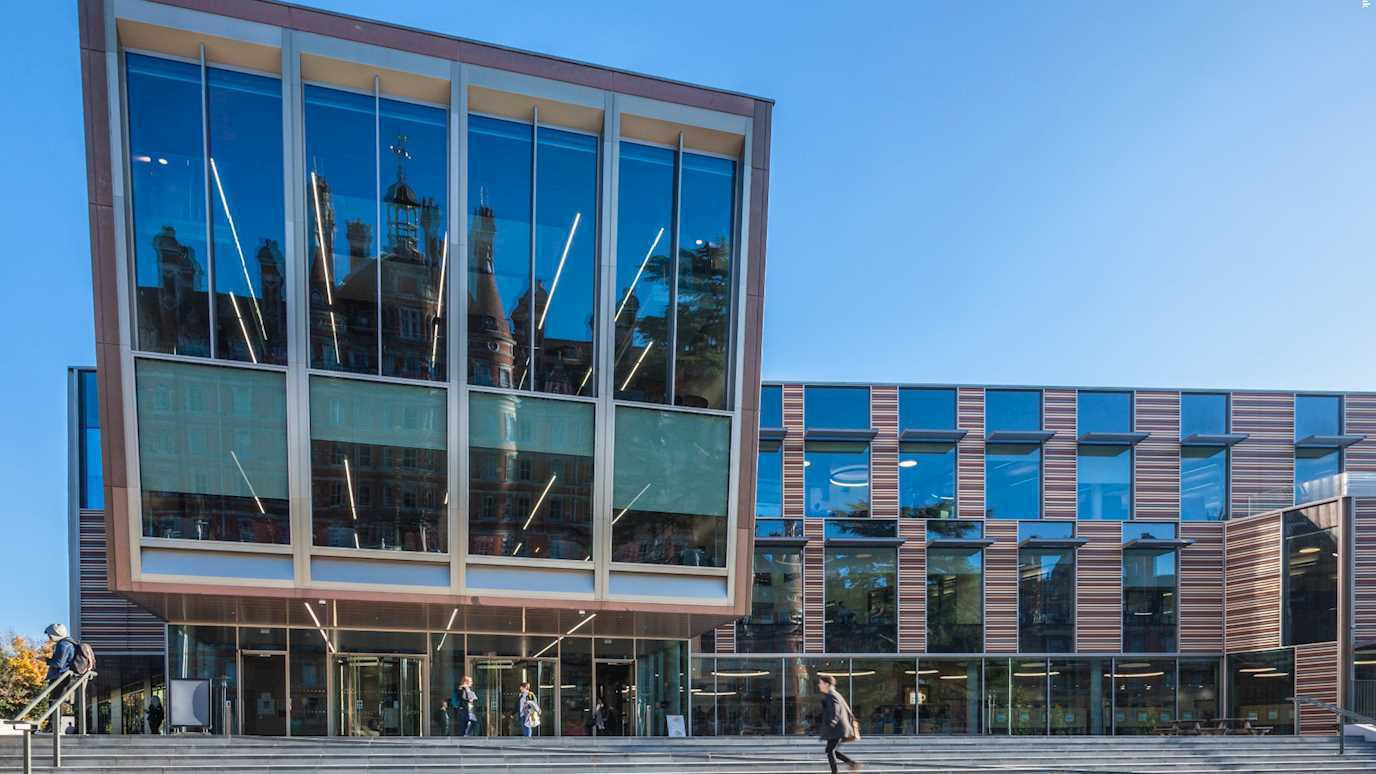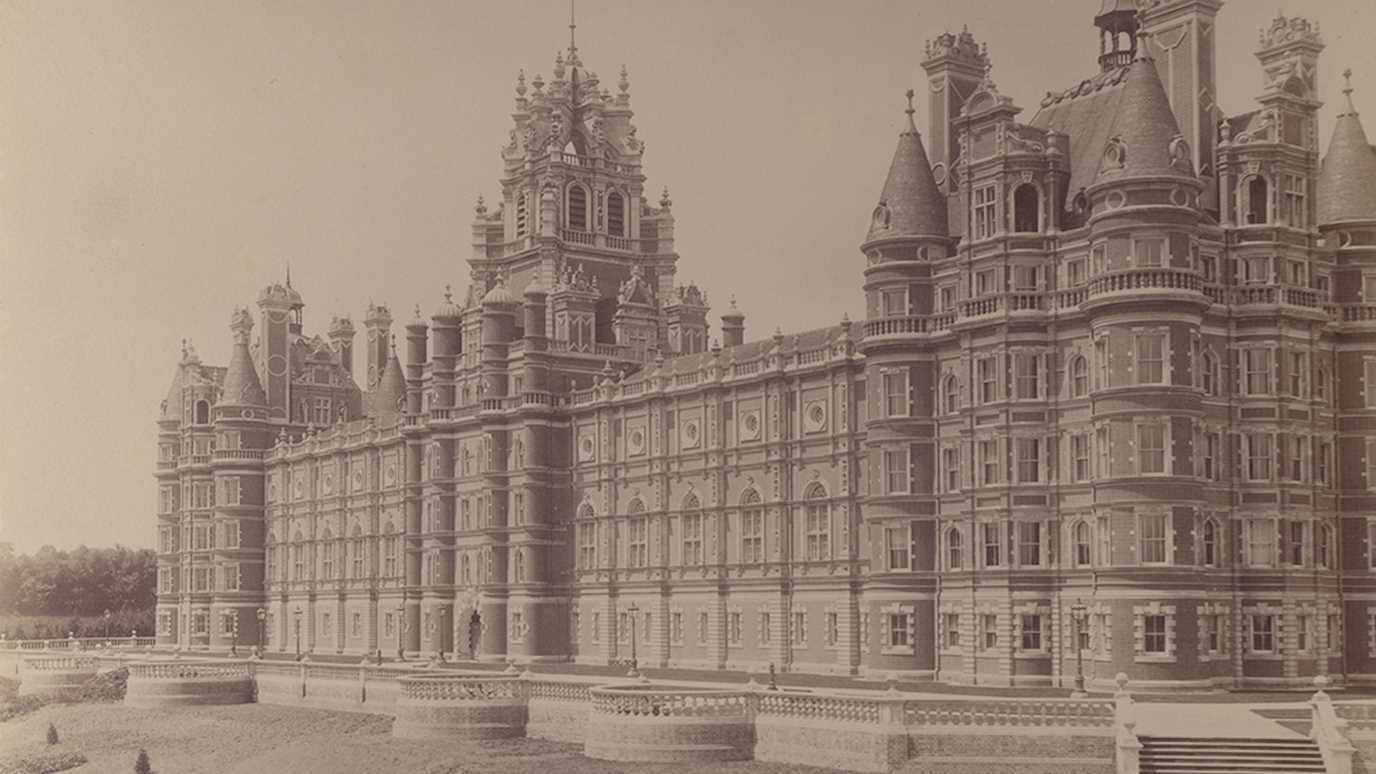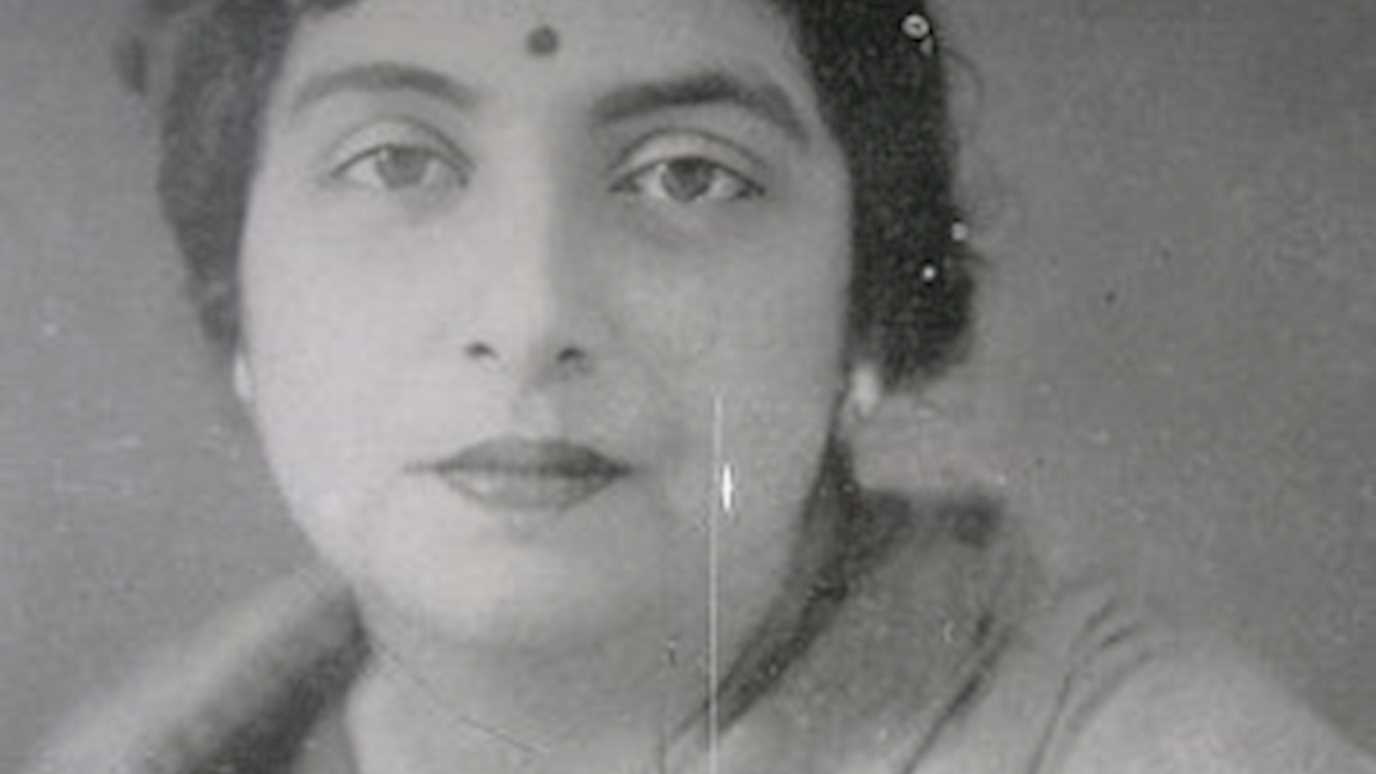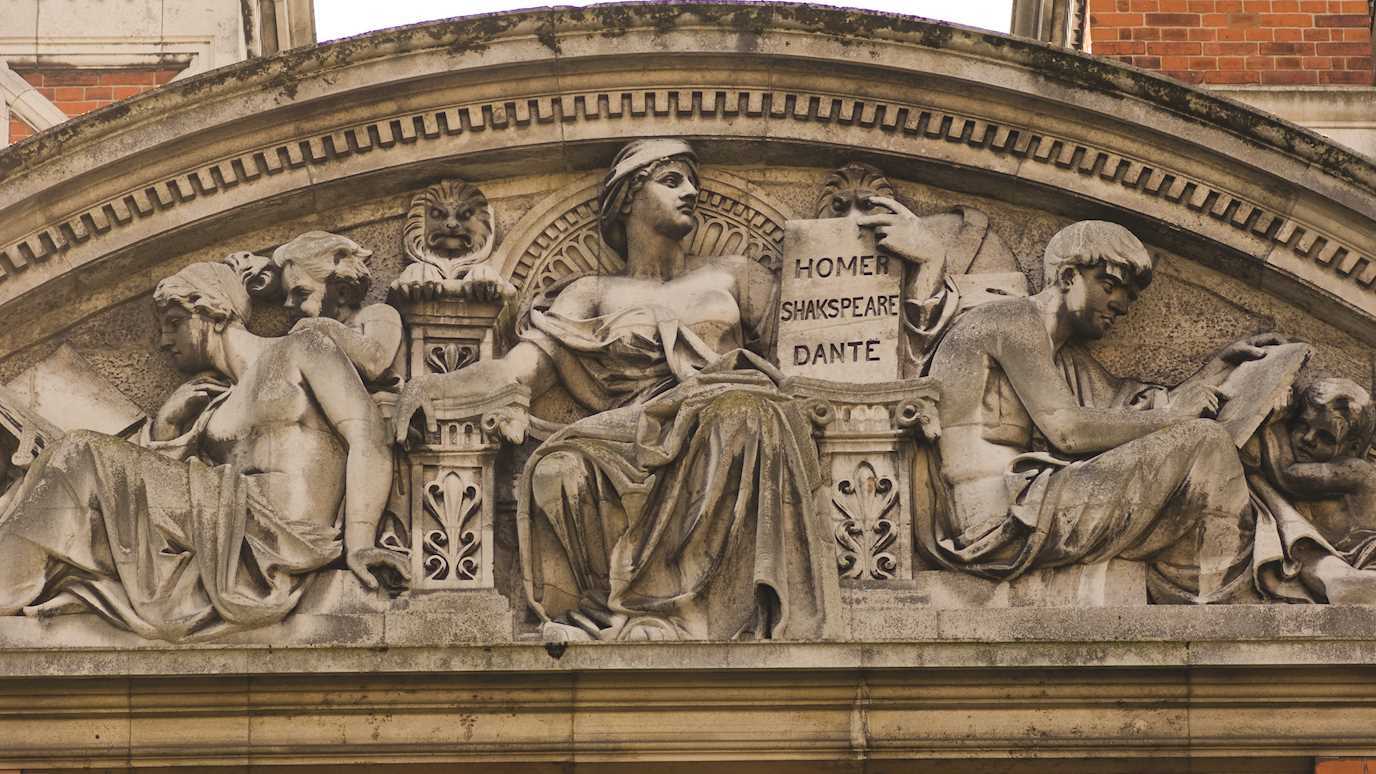Each year we offer summer placements on a competitive basis for Royal Holloway undergraduates to work within our research groups. The placements are open to all Physics students who are not currently in their final year. Priority is given to pen-ultimate year students (3rd years on MSci and 2nd years on BSc) but it is open to 1st years and 2nd year MSci students as well. When allocating the placement we will look at your academic performance, attendance and CV. The project supervisor will form part of the decision making process so we advise that you discuss projects that you are interested in directly with the supervisor.
Only Royal Holloway undergraduate students are eligible for these placements.
Assessment of the course: it is a requirement that an A1 pdf poster is produced detailing the research outcomes of the placement. The poster will be presented in a session in the Autumn term.
If you accept a summer placement you will agree to be available for any physics outreach events that occur during your placement (Open days, schools summer programmes etc), this is typically one or two days during a 6 week placement.
Award: £1000
The submission deadline is 30 April 2025
- To apply, email your CV (Subject Line: Physics Summer Placement) to Jana Checkley, Employability Advisor.
Top of CV: Ranked list of placements that you wish to apply for. You will only need to submit one CV. You will be considered for each placement you identify at the top of your CV.
Successful applicants will be told in the first week of the summer term, a period of typically 2 weeks is given for you to accept. If the student who is first allocated the project does not accept we will offer to the next eligible student until we allocate all available funds.
The current list of project titles is given below, this list is continuously being updated and will appear on our website as soon as they become available. You will receive an email if any new projects are added. If you have an idea for a summer placement, or would like to work with an academic that is not currently in the list- discuss with them a project idea and the member of staff will need to contact Jana Checkley to have the project details added to the list of available projects (sometimes staff are happy to run summer projects if a keen student approaches them).
Summer Internship Opportunity – Teaching Lab Assistant
Adriana Dias & Ian Murray
Join our teaching lab this summer for a hands-on internship focused on enhancing the lab experience for future students. We’re looking for two motivated interns to thoroughly test and review all term-time lab activities for 1st and 2nd year students. Your role will involve redoing each experiment, identifying any issues, and helping us ensure everything runs smoothly for the upcoming academic year. Perfect for students interested in teaching, lab work, or just getting more experience in a practical setting!
Modelling structures of sodium-ion battery materials
David Voneshen & Jon Goff
The introduction of electric vehicles and renewable sources of energy has led to increased demand for batteries that are rechargeable, safer, and composed of earth-abundant elements. This project investigates how the structures of new materials for electrodes and solid-state electrolytes affect electrochemical performance. The student will write a computer program to model x-ray and neutron diffraction data on a new sodium-ion cathode material.
Prerequisite: Python programming
Location: On campus/Hybrid
Preferred timeframe: Start in July
Theoretical study of unconventional superconductivity in strongly correlated electron systems
Giovanni Sordi
This is a project in theoretical physics. The mechanism of high-temperature superconductivity in doped Mott insulators, as realized in cuprates, remains a central problem in condensed matter physics. This project will focus on the canonical model of strongly correlated electron systems, the Hubbard model, to study the interplay between superconducting correlations and Mott physics. Building upon previous work in my group [1], this project will explore the superconducting pairing mechanism.
[1] Walsh et al., PRB 108, 075163 (2023)
Development of teaching material for observational astronomy
Glen Cowan
The project will involve two students working together and with members of staff on developing teaching material for observational astronomy. Depending on time a resources the sub-projects will be selected from:
- Help with the installation and commissioning of the new telescope and camera in the observatory,
- Improve thermal isolation and reduction of stray light in dome,
- Extend solar limb darkening studies, improve data quality, error analysis, estimate H- in Sun's photosphere,
- Help develop software for stellar photometry,
- Help develop outreach material related to astronomy.
Prerequisite: python programming; PH3010; PH3900
Location: On-campus
Student requirement: 2 students - between 3rd and 4th in MSci Astrophysics
Project 1
Greg Ashton
Projects related to parameter estimation of compact binary mergers observed through their gravitational wave emission. Example projects include a study of power spectral density estimation techniques for low-latency parameter estimation and a performance study of the Bilby-MCMC sampler, but other projects are possible.
Prerequisite: Python programming
Location: On-campus/Hybrid
Project 2
Greg Ashton
Development of an RHUL python package for cataloguing, cleaning, and analysing images taken with the observatory telescope.
Prerequisite: Python programming
Location: On-campus/Hybrid
Heating and cooling of 2D electrons
James Nicholls
Usually at low temperatures the electrons and the lattice in a metal are in equilibrium at the same temperature. However at liquid helium temperatures, T= 4.2 K, the electrons can be heated using a current and due to strong electron-electron interactions, they come into local equilibrium to a temperature that is greater than the lattice's. We are interested in how the hot electrons lose their energy by two processes: conduction through the leads and by emitting acoustic phonons.
In this project, we will use two novel electron thermometers: thermopower and magneto-thermopower. The samples are 100 angstrom thick two-dimensional electron gases, processed in the Royal Holloway clean room.
Work will be with me + my post-doc in the lab. We have experience in: measurements, electronics, sample design, cryogenics, semiconductor physics, quantum mechanics, clean-room processing, Python, etc.
This is primarily an experimental project. A willingness to fiddle and learn in the lab, plus keeping a lab book and group work is essential.
Prerequisites: computer skills, for running measurements and fitting data
Preferred academic year/degree title: MSci, 3rd year
Location: On campus
Preferred timeframe: early July start
Neural Network-Based MCMC Convergence Classifier For Neutrino Oscillations
Kamil Skwarczynski
Neutrino oscillations are one of the key beyond standard model effects being studied in particle physics. This property means that, as they travel, the probability of observing a neutrino in one flavour state changes. One of the key features of this is that it allows for the possibility of neutrinos and anti-neutrinos oscillating differently which can help to explain the matter-antimatter imbalance in the early universe. Several experiments including T2K, Hyper-Kamiokande, NOνA, and DUNE are being used to study this phenomena. Due to the complexity of these measurements, complicated statistical techniques are required; this project will look at increasing the robustness of one such method.
Machine learning is revolutionizing the way we analyse complex data in high-energy physics. Neural networks, in particular, have demonstrated an un-paralleled ability to recognize intricate patterns and extract meaningful insights from high-dimensional datasets. They can be used to enhance the utilization of another common technique, Markov Chain Monte Carlo (MCMC), which is widely used in high-energy physics and astronomy for estimating the distributions of physical parameters. However, diagnosing the convergence of MCMC chains is crucial to ensure reliable results. Typically, multiple chains (ranging from tens to thousands) are run during an analysis, necessitating a fast and reliable convergence diagnostic. One such method, known as R∗, was proposed by Ben Lambert and Aki Vehtari using neural networks.
This project aims to implement the R∗ diagnostic using neural networks and evaluate its effectiveness as a convergence metric.
Prerequisite: Python programming
Sub-THz spectroscopy of gas molecules.
Pavel Karataev
The project will aim to search for molecular resonances of gaseous materials. Being able to control certain materials within biological objects opens doors for control concentration and distribution of given molecules. It has a direct medical application.
Prerequisite: Electromagnetism
Location: On-campus
Student requirement: end of 2nd year minimum
Preferred start: beginning of July
Development of a miniature pyroelectric accelerator
Pavel Karataev
The project will aim to investigate performance of a pyroelectric accelerator in various regimes to find an optimal set of parameters for its operation. It has a direct application in medicine and industry providing a miniature source of fast electrons and X-ray photons.
Prerequisite: Electromagnatism
Location: On-campus
Preferred start: beginning of July
Microscopic evaluation of superconducting qubit materials and structures
Phil Meeson & Jon Goff
Quantum computing is an important future industry. While quantum computers are now available commercially there is still much fundamental and applied research to be done. The project will create and study materials and structures for superconducting quantum computing using the thin-film deposition and characterisation tools available in SuperFab and the x-ray diffraction tools available in Physics. The aim is to characterise the quality of the materials and the resulting devices as a step towards finding ways to improve them. Students will work with the SuperFab technical staff as well as academic staff.
Prerequisites: An interest in experimental work. Previous experience in x-ray work would be an advantage. Must have taken PH2710 The Solid State.
Location: On campus
Preferred timeframe: Flexible, preferably before August
Investigation of data availability from Copernicus Sentinel satellite missions for Earth observation
Véronique Boisvert
Important Earth climate data is collected from the European Space Agency Copernicus Sentinel satellite missions. This project will investigate what data is publicly available, in what format and how to download it. If time allows, a python based analysis of this data can be tried out.
Prerequisite: Python programming; interest in data analysis and climate science
Location: Flexible
Preferred timeframe: 16 June - 25 July, can be pushed to September if required.
Student preference: ideally 3rd year MSci and completed PH3040, but can be flexible
Design an acoustic isolation system for quantum sensors and gravitational wave detection
Xavier Rojas
Quantum sensors and gravitational wave experiments are highly sensitive to external vibrations and acoustic noise, making effective isolation essential. This project focuses on designing, performing numerical simulation and potentially implementing an acoustic isolation system for integration into a low temperature cryogenic system.
Key Objectives:
· Research: Review existing acoustic isolation techniques.
· Design: Develop a customized isolation system supported by numerical simulations.
· Prototyping: Create a detailed design suitable for fabrication.
· Construction & Implementation: If feasible, collaborate with the workshop to build the system and integrate it into the fridge for testing.
Skills Developed:
· Literature review and critical analysis of existing research
· CAD, engineering design skills, numerical simulations
· Hands-on technical experience in prototyping and implementation
Location: Hybrid
Designing superfluid leak tight valve for quantum fluids experiments
Xavier Rojas
Precise control of superfluid volumes within experimental cavities is critical for quantum fluid research. This project focuses on designing and potentially implementing a superfluid leak-tight valve for integration into a cryogenic fridge.
Key Objectives:
· Research: Review existing valve designs, leveraging relevant literature compiled by our research group.
· Design: Develop a leak-tight valve optimized for superfluid applications, integrating insights from research and innovative engineering solutions.
· Prototyping: Create a detailed design suitable for fabrication.
· Construction & Implementation: If feasible, collaborate with the workshop to build the valve and integrate it into the fridge for testing.
Skills Developed:
· Literature review and research analysis
· CAD and precision engineering design
· Hands-on prototyping and system integration
· Time and project management skills
Location: Hybrid
Visualisation and tracking of moving objects in a quantum analogue experiment
Xavier Rojas
This project focuses on tracking bouncing droplets on an oil surface using Python and OpenCV to explore quantum analogue behaviour. The student will develop code to detect and analyse droplet motion from recorded videos, extracting position, velocity, and trajectory data.
Once tracking is reliable, the system will be applied to real-time experiments, with potential machine learning and AI integration for improved accuracy. The results will help investigate quantum-like phenomena such as wave-particle interactions. Ideal for students interested in Python, image processing, and computational physics.
Skills Developed:
- Computer Vision & Image Processing
- Python Programming & Data Analysis
- Machine Learning and AI (Optional, if explored)
- Experimental & Computational Physics
- Scientific Communication & Visualization
- Project & Time Management
Prerequisite: Python programming
Location: Hybrid
Data Analysis of Novel Quantum Optomechanics Measurements
Xavier Rojas
This project focuses on analysing high-precision quantum optomechanics data to investigate motion at sub-nanometer scales. The student will process and interpret experimental measurements of cavity optomechanical effects, extracting meaningful insights about system behaviour. The project offers an opportunity to work with cutting-edge data in quantum and nanoscale physics, with the potential for academic publication based on progress.
Key Objectives:
- Data Processing & Analysis: Use Python to clean and analyse data
- Scientific Interpretation: Compare results with theoretical models
- Optimization & Automation: Explore advanced data-processing techniques
- Presentation & Reporting: Develop summaries for research discussions
Skills Developed:
- Literature Review & Scientific Research
- Python for Data Analysis & Signal Processing
- Data Visualization & Effective Presentation
- Time & Project Management
Prerequisites:
· Basic Programming in Python (e.g., NumPy, SciPy, Pandas, Matplotlib)
· Familiarity with Data Analysis Techniques
· Understanding of Basic Physics & Optomechanics Concepts (prior exposure to quantum mechanics or wave phenomena is beneficial but not required)
· Ability to Work Independently & Solve Problems
Location: Remote
